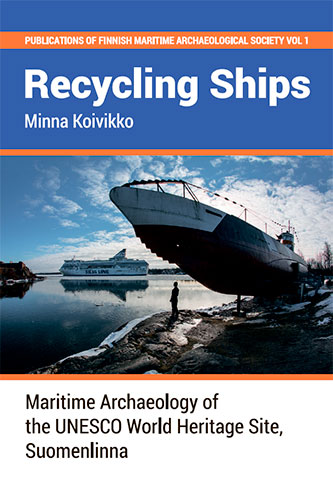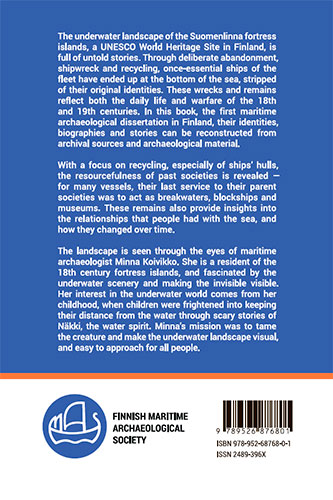Recycling Ships/Утилизация судов
Книга на английском языке.
The study site is the underwater seascape of the 18th-century fortress islands of Suomenlinna (Sveaborg) in the harbour of Helsinki, Finland. The site is located in the Gulf of Finland, in the eastern part of the Baltic Sea. The fortress has global significance as a UNESCO World Heritage Site. This study had its origin in the insight that a ship?s hull, while comprised of numerous individual artifacts, could be treated as one object from a viewpoint of archaeological research. From that premise, it followed that the study of the ship as an artefact can be continued through processes of reuse. This change in approach allowed evaluating the reuse of ships in a different way than the traditional concept of recycling, which involves demolishing and cannibalizing all the material of the vessel.
Contents
Abstract
Preface
Acknowledgements
1. Introduction
1.1 Research design: goals and questions
1.2 Terminology
1.3 From salvage to protection and archaeological research
1.4 Theoretical approaches to recycling practices in maritime archaeology
2. Suomenlinna as a maritime archaeological study site
2.1 The study site
2.2 A brief history of Suomenlinna
2.3 Previous underwater studies
2.4 The survey of Suomenlinna (2007-2010)
3. Wrecks in the underwater landscape
3.1 Formulation of a new interpretation tool and way of presenting data
3.2 Data analysis: accidental sites, deliberately abandoned vessels, and recycled ships
3.3 Lilla Varvet: recycling ships as the foundation of a breakwater
3.4 Blockships in the Suomenlinna straits
3.5 L?nsi-Mustasaari wreck 2 (ID 2694), a possible breakwater
4. Recycling practices in a maritime context
4.1 Recycling as one phase in the life cycle of a vessel
4.2 Economic recycling behavior
4.3 Tactical recycling behaviour
4.4 Symbolic recycling behavior
4.5 Reflections on the maritime cultural landscape
5. Discussion
5.1 Identifying recycled wrecks on the basis of survey data
5.2 What can be learned from these recycled vessels?
5.3 Can recycling bring material from the archaeological context into the current cultural context?
5.4 Visions for the future
5.5 Conclusion, looking without seeing?
Appendices
Appendix 1: List of maritime archaeological projects at Suomenlinna
Appendix 2: List of underwater remains at Suomenlinna
Appendix 3: Ezekiel-class ships
Appendix 4A: Analyzed wrecks in the landscape context
Appendix 4B: Analysed wrecks in the landscape context
Appendix 4C: Analysed wrecks in the landscape context
References




